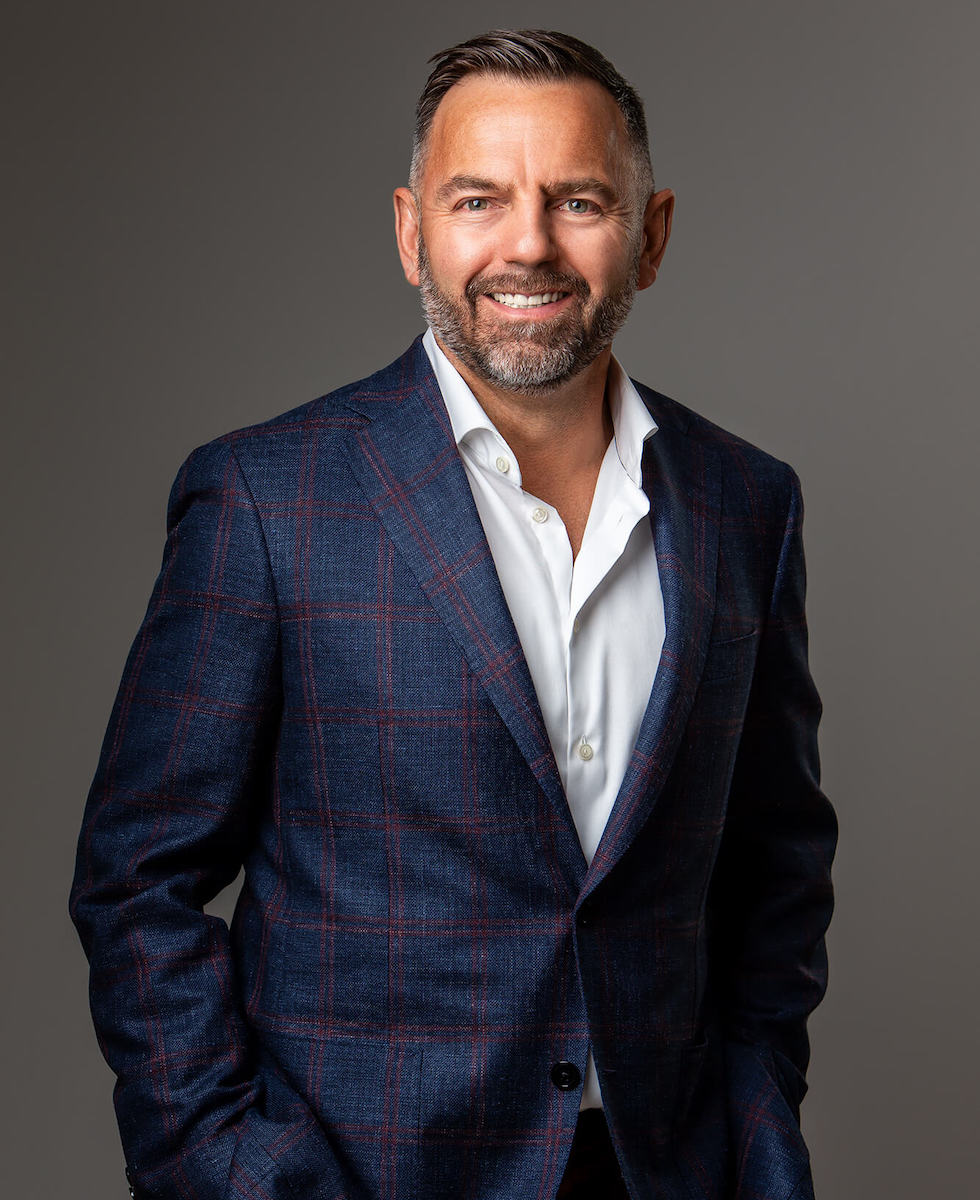Aging Skin
Book a consult today
Consultation
Understanding Aging Skin
Although skin has many layers, it can generally be divided into three main parts:
- The outer part (epidermis) contains skin cells, pigment, and proteins.
- The middle part (dermis) contains skin cells, blood vessels, nerves, hair follicles, and oil glands. The dermis provides nutrients to the epidermis.
- The inner layer under the dermis (the subcutaneous layer) contains sweat glands, some hair follicles, blood vessels, and fat.
Each layer also contains connective tissue with collagen fibers to give support and elastin fibers to provide flexibility and strength.
Skin is the first body part to show the signs of age. Healthy age-related skin changes are inevitable and include thinning, sagging, wrinkling and the appearance of age spots, broken blood vessels and areas of dryness. Aging skin looks thinner, paler, and clear (translucent).
With aging, the outer skin layer (epidermis) thins, even though the number of cell layers remains unchanged. As well, the number of pigment-containing cells (melanocytes) decreases. The remaining melanocytes increase in size.
Age spots or “liver spots” as well as skin tags may appear in sun-exposed areas. Liver spots are darkened spots on the skin, the medical term for these areas is lentigos. Skin tags are small, usually flesh-colored growths of skin that have a raised surface.
Changes in the connective tissue reduce the skin’s strength and elasticity. This is known as elastosis. This is especially true in the case of sun overexposure. It gives the skin an aged look.
Also blood vessels of the dermis (middle part of the skin) become more fragile. This leads to bruising, bleeding under the skin and more.
or beyond what you wish,
our Calgary doctor can help.
Identifying Aged Skin
There are several signs and symptoms of aging skin. These vary between different skin types and different individuals. People also tend to age at different rates based on factors like genetics or lifestyle. However, a couple of common symptoms of aging skin include:
- Dull Looking Skin
- Visible Pores
- Sagging Skin
- Dark Under-Eye Circles
- Loss of Elasticity and Deep Wrinkles
- Dry Skin
- Discolored Spots
- Loss of Facial Volume
- Increased Skin Translucence
Skin Aging Prevention
Avoid sun exposure:
Take steps to protect yourself from sun damage. Use sunscreen year-round, even if you plan to be in the shade. Always opt for UV protection that’s at least SPF 30 or higher. Put the sunscreen on 15 to 30 minutes before you go outside. Sunscreen should be reapplied at least every two hours.
Stop smoking:
Cigarette smoking promotes skin wrinkling and is thought to accelerate the damage caused by sun exposure. People who smoke tend to have more wrinkles than people who don’t smoke of the same age, complexion and history of sun exposure.
Eat more fruits and vegetables:
A well-balanced diet can stop premature aging. Eating well also improves overall health. Avoid eating too much sugar or refined carbohydrates.
Cut back on alcohol:
Alcohol can prematurely age your skin as well as the rest of your body. Stop drinking alcohol to have healthier skin as you age.
Exercise:
Regular physical activity improves circulation and boosts your immune system, which promotes healthy aging. Exercise also helps prevent obesity which can contribute to skin aging.
Take care of your skin:
Cleanse your skin daily to remove dirt, makeup, sweat or other substances that cause irritation. Avoid the use of strong skin products containing fragrances, chemicals or high pH. Moisturize your skin daily to prevent dryness and itchiness.
Improve the quality (and quantity) of your sleep:
Sleep is when your body repairs itself. Getting less than seven hours of uninterrupted sleep can age your body’s cells more quickly.
Avoid stress:
When you’re stressed, your brain pumps out cortisol, a stress hormone. Cortisol blocks two substances that keep your skin looking plump and vibrant: hyaluronan synthase and collagen.
Relax your face:
Excessive facial tension can create wrinkles and prematurely age your face.
Calgary Aging Skin Treatment
PRP Facial Injection Therapy
Facial PRP injection therapy, also known as the vampire facial or facelift, is a simple and near painless procedure which uses factors drawn from your own blood. These factors are then used to stimulate new cell growth and reduce the appearance of wrinkles & fine lines.
Botox Neuromodulator Treatment
Frown lines and facial wrinkles form when facial expressions are made as the muscle under the skin contracts. Over time, as your skin ages, these repeated expressions cause lasting frown lines. Neuromodulators block the release of chemicals that cause these muscle contractions so frown lines are softened.

